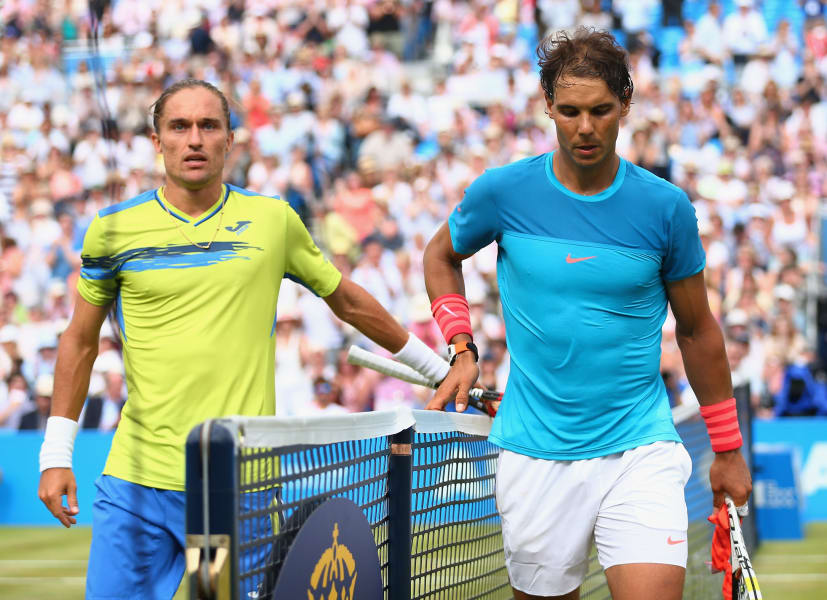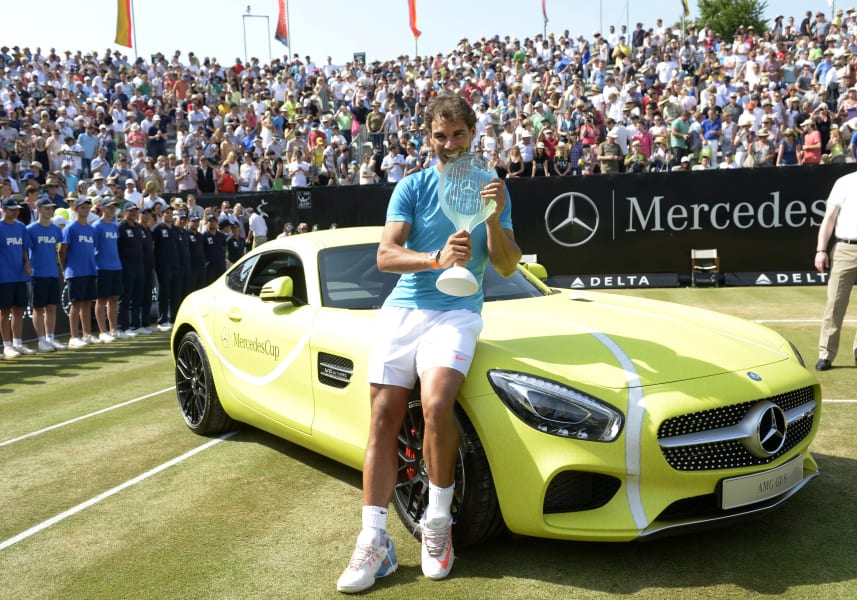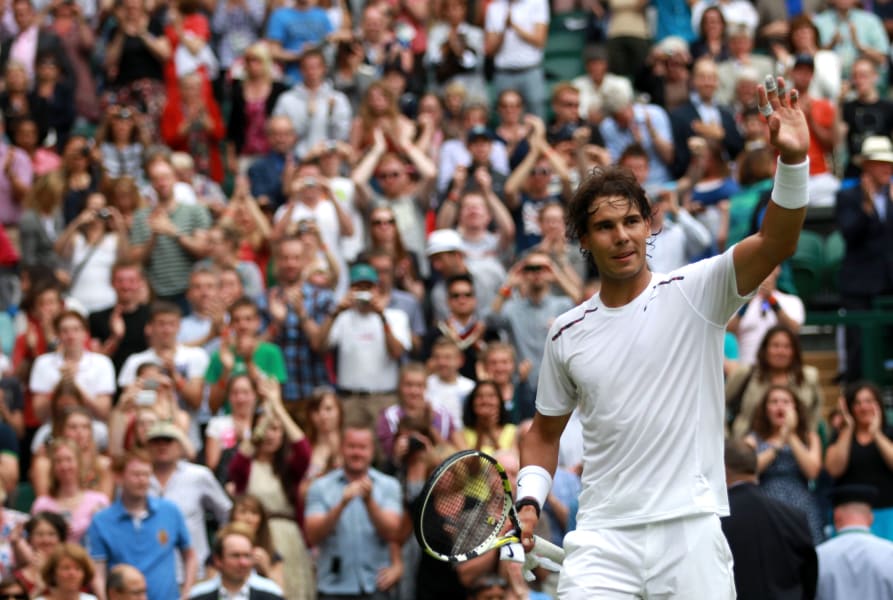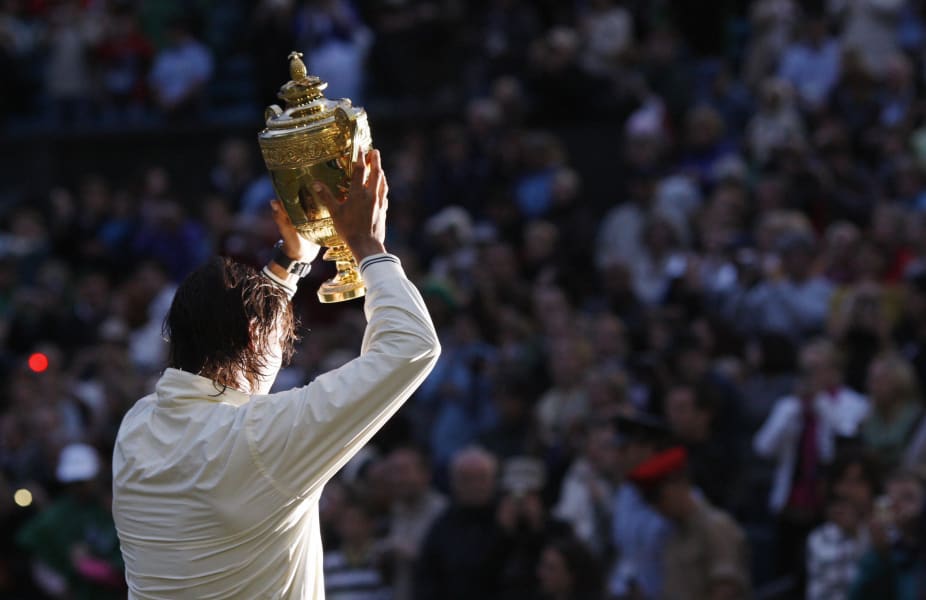Tennis
Rafael Nadal and the evolution of the Wimbledon champion
Updated 1618 GMT (0018 HKT) June 9, 2016
Share
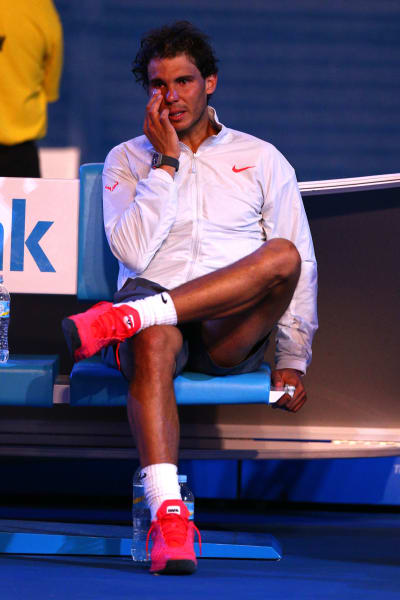

1 of 16
Rafa Nadal announced he would not be taking part at Wimbledon this year after the results of a recent medical exam confirmed his wrist injury suffered at Roland Garros needs time to heal. Graham Denholm/Getty Images
"As you can imagine it's a sad decision but the injury on my wrist at Roland Garros needs time to heal," he said on his Facebook page Thursday. Al Bello/Getty Images/file
Nadal celebrated his first Wimbledon title in 2008, after beating Roger Federer in the longest final in tournament history. Many consider it to be the greatest match of all time. Federer has two Wimbledon titles to his name, while reaching five finals so far. Getty Images
Nadal has also suffered hard times at Wimbledon. Here he reacts after a point in a defeat against Belgium's Steve Darcis in the first round of Wimbledon 2013. It was his earliest grand slam exit to date. BEN STANSALL/AFP/Getty Images
Bjorn Borg (seen serving in 1974 at the SW19 tournament) is the greatest Wimbledon men's champion of the pre-graphite racket era. The added four centimeters of width introduced more power to the game, according to an Australian sports physicist, leading to more injuries. Borg won five consecutive Wimbledon titles, from 1976 to 1980. Getty Images/File
John McEnroe celebrates the first of his three Wimbledon titles after defeating Bjorn Borg in 1981. McEnroe's serve-and-volley game is nearly extinct from modern tennis due to slower courts and more powerful strokes, according to Professor Rod Cross of Sydney University. tony duffy/getty images/file
Jimmy Connors (right) survived as a baseline player during the rise of the serve-and-volley era. He won two Wimbledon singles titles, including a five-set victory over rival McEnroe (left) in the 1982 final. Evening Standard/Getty Images
Martina Navratilova introduced power to the women's game en route to winning a record nine Wimbledon singles titles between 1978 and 1990. Allsport UK /Allsport
Stefan Edberg thrived on grass during the serve-and-volley era. The Swede is seen celebrating after defeating Boris Becker during their Men's Singles final match at the Wimbledon in 1988. Edberg won two Wimbledon titles, while Becker claimed three. Bob Martin/Getty Images/file
Becker is Wimbledon's youngest ever men's champion, winning the title in 1985 as a 17-year-old. Becker was renowned for his trademark diving volleys, which were better absorbed by the more forgiving grass courts, according to one expert. Getty Images
Pete Sampras represents the last era of serve-and-volley champions. The retired American is tied with Nadal with 14 career Grand Slam victories. Getty Images
World No. 2 Roger Federer will be gunning for his eighth Wimbledon title, after tying Sampras's mark of seven championships in 2012. Getty Images
2014 Wimbledon champion Novak Djokovic (left) epitomizes the modern game, which calls for longer baseline rallies and greater stamina among players. His coach is Becker. GLYN KIRK/AFP/Getty Images/file
Nadal's comeback faced another hitch after losing to Alexandr Dolgopolov of Ukraine in round one of the Aegon Championships at Queen's Club in London on June 16, 2015. Clive Brunskill/Getty Images
Nadal's win at the ATP Mercedes Cup tennis tournament in Stuttgart, Germany, on June 14, 2015 represented his first win on a grass court tournament since his Wimbledon victory in 2010. THOMAS KIENZLE/AFP/Getty Images
Rafael Nadal -- seen celebrating after his first round victory at Wimbledon 2012 -- says grass and clay surfaces are "a bit less aggressive on the body." A sports physicist has presented evidence which backs up Nadal's claim. Getty Images
